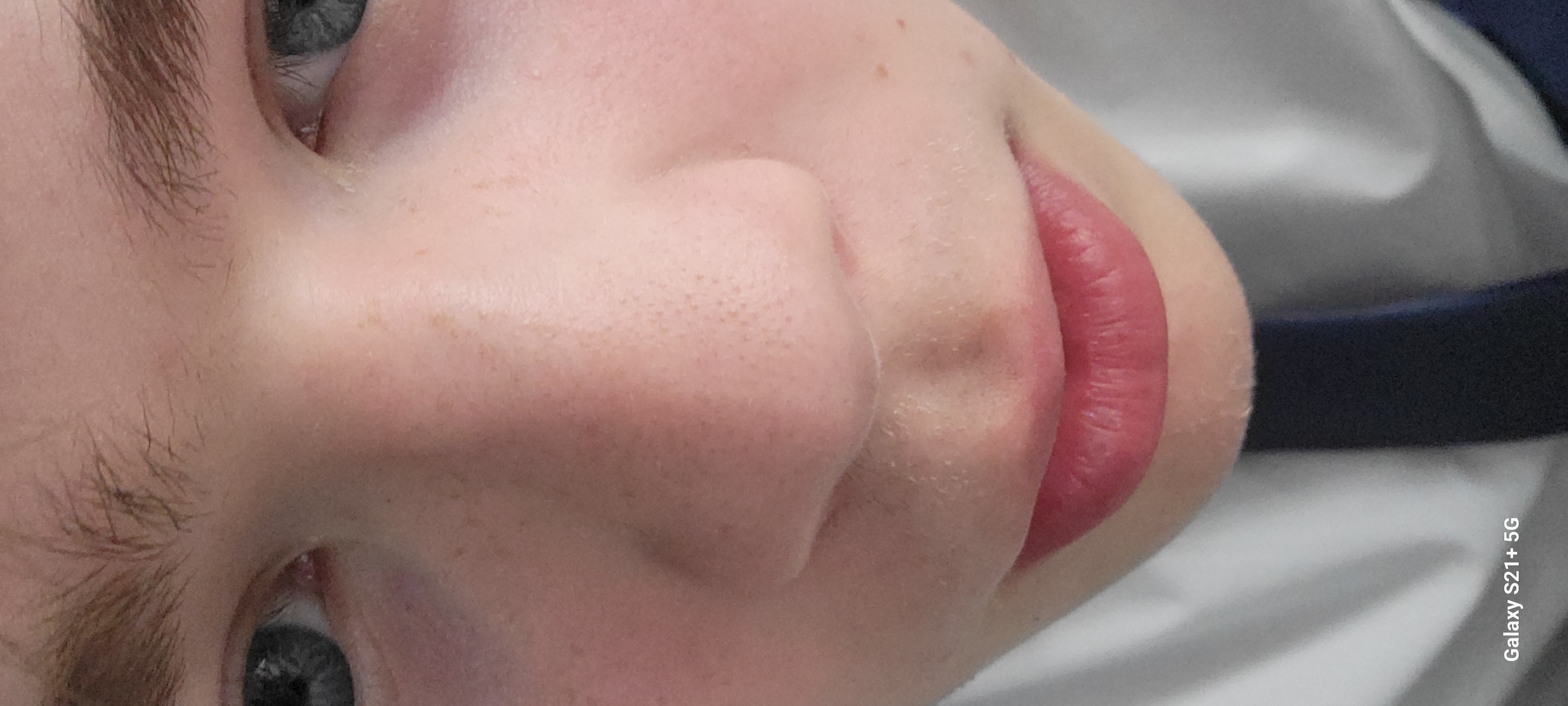respiration
Cards (8)
- What are the 4 stages of aerobic respiration?
- What happens in glycolysis?
- what are the products of glycolysis?
- What happens in the link reaction?
- For each glucose molecule, how many link reactions are there?
- What happens in the Krebs cycle?
- What happens in oxidative phosphorylation?
- what is the final electron acceptor?
